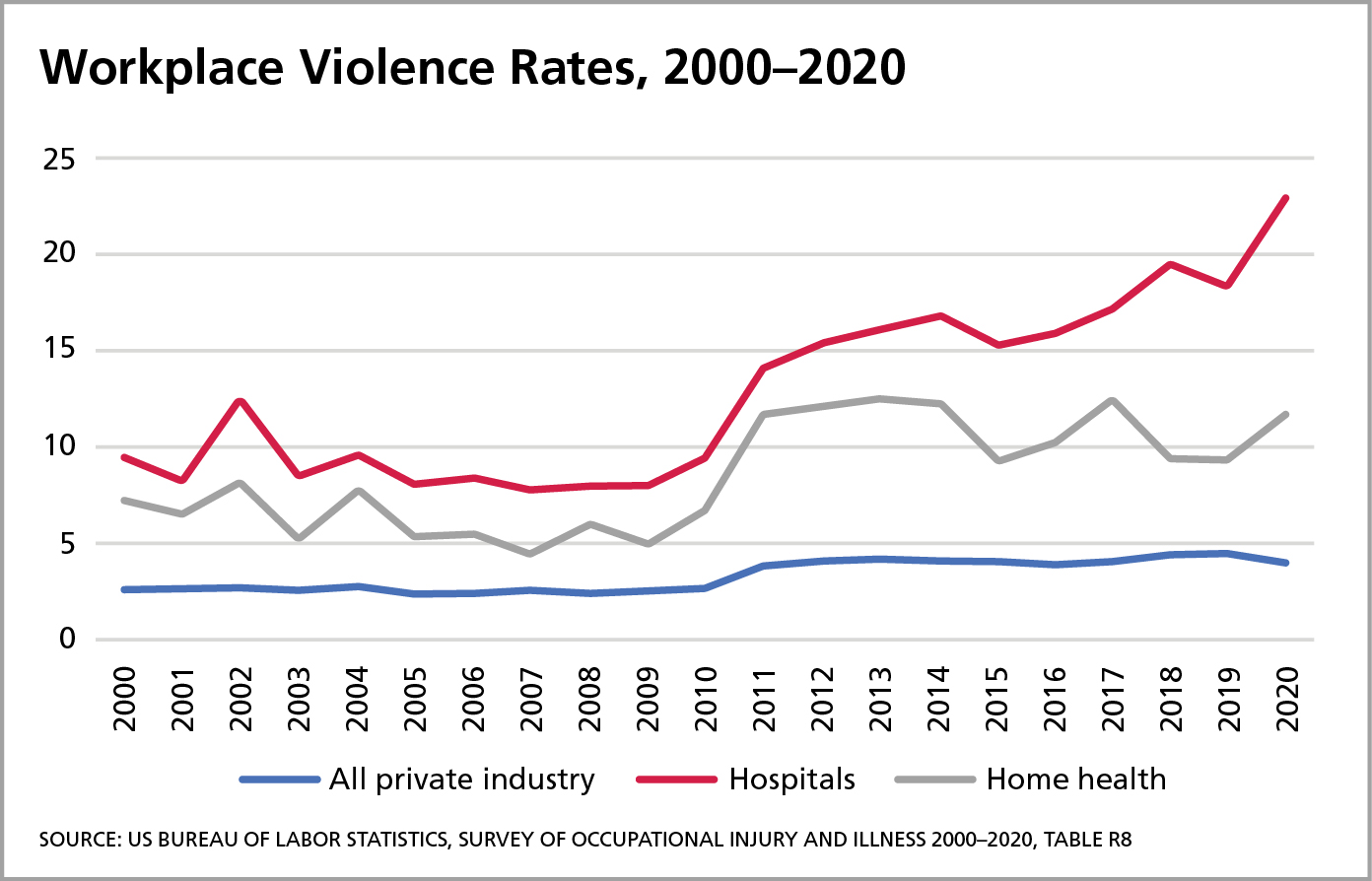
Title: When America’s Healers Are Silenced: A Plea for Their Protection
In the current era of instant communication, significant tragedies seldom escape attention. The assassination of the CEO of United Healthcare in broad daylight in New York City sent shockwaves across the nation. Major news outlets prominently featured the incident. Public figures promised justice. The corporate sector scrutinized its vulnerabilities. The outrage was swift and resounding.
Yet, amidst the headlines, a troubling question arises: Where is the same sorrow and fury when American doctors—those entrusted with the sacred duty of saving lives—lose their lives while serving?
This question resonates deeply, for throughout the United States, physicians are not only grappling with stress, burnout, or red tape. They are being murdered—occasionally by the very individuals they pledged to assist. Such tragedies do not occur in war zones; they unfold in examination rooms, psychiatric offices, and hospital hallways. The nation seldom learns of these incidents. There are no memorials in Times Square. No urgent news alerts. Just silence.
And this silence is not only disheartening; it poses a real threat.
A Troubling Development
Take the example of Dr. Wayne Fenton, an innovative psychiatrist and leader at the National Institute of Mental Health, whose groundbreaking research transformed the treatment of schizophrenia. In 2006, he was tragically killed by a new patient during a weekend consultation. The young man, later identified as suffering from acute psychosis, brutally attacked him to death in his office in suburban Maryland. Despite Dr. Fenton’s significant contributions to mental health, his murder garnered minimal national coverage.
Looking to more recent occurrences, in July 2023, Tennessee hand surgeon Dr. Benjamin Mauck was fatally shot by a patient at a medical center. Just one month earlier, in Tulsa, Oklahoma, a disgruntled patient killed orthopedic surgeon Dr. Preston Phillips and three others, blaming him for ongoing post-operative pain.
These incidents are not isolated events.
The American Medical Association (AMA) reveals that violence related to healthcare workplaces increased by 67% from 2011 to 2018. Physicians now face violence at work five times more often than their counterparts in other professions. Emergency departments, psychiatric units, and even primary care facilities have turned into frequent sites of threats, assaults, and homicides.
The Price of Inaction
In spite of these alarming statistics, such occurrences often go underreported—partly due to stigma, partly due to institutional inertia. Doctors are taught to endure, to perceive workplace stress and patient volatility as part of the job. However, when physicians are killed within their own practices, this stoicism becomes a matter of life and death.
Failing to recognize and confront violence against physicians conveys a perilous message: that those who devote their lives to healing must accept the possibility of harm in silence. That caring for others equates to relinquishing the right to personal safety.
This represents a betrayal not only of the doctor-patient bond but of the very essence of healthcare.
A Boundary Crossed
The 2014 incident involving Dr. Lee Silverman in Pennsylvania stands out—both significant and controversial. When a patient brandished a firearm in his psychiatric clinic and fatally shot a caseworker, Silverman, armed with a concealed weapon, returned fire, neutralizing the threat. Authorities later discovered the assailant was carrying almost 40 additional rounds of ammunition. Silverman’s response likely averted a larger tragedy.
While some physicians understandably hesitate at the thought of doctors carrying firearms, seeing it as contradictory to medical ethics, others question: How many practitioners must perish before adequate action is taken?
No physician should need to bring a weapon to their workplace to feel secure. But when systems fail to safeguard their frontline workforce, personal defense becomes an unfortunate final option.
What Steps Can Be Taken?
The path ahead must start with acknowledgment. Violence against healthcare professionals is not an unfortunate side effect of the profession—it is a growing national emergency that requires immediate action.
Here are five essential reforms:
1. Recognize Workplace Violence in Healthcare as a Crisis
Policymakers, public health leaders, and media must address these tragedies with the same gravity as school shootings or transportation-related violence. Data should be consolidated and monitored with federal oversight.
2. Enhance Security in Hospitals and Clinics
Facility leaders must go beyond merely purchasing panic buttons and implementing policies. Real investment in trained security personnel, regular safety drills, and detailed protocols for high-risk patient interactions—especially in mental health and emergency care—is essential.
3. Implement Protective Legislation
Assaulting a TSA agent or airline worker is a federal offense. Physicians warrant similar legal protections. The AMA is lobbying for stricter penalties and clearer methods for doctors to report threats. Legislative action is long overdue.
4. Foster a Culture of Reporting
Physicians should feel encouraged, not penalized, for reporting threats or assaults. Anonymous reporting systems, third-party whistleblower options, and internal protections should become standard practice, not exceptions.
5. Shift the Narrative
Doctors are